When we think of “queer art,” we typically think of art being a vehicle for expressing our identities, experiences, and unique ways of being in the world. When I entered the world of professional wedding, portrait, and family photography, I really didn’t think my identity as an out lesbian who smashed those closet walls a good 17 years ago would shape my art, my creativity, and my business in many – if any – ways. Yet it did, it does, and will continue to do so each and every time I pick up my camera and look through the lens.
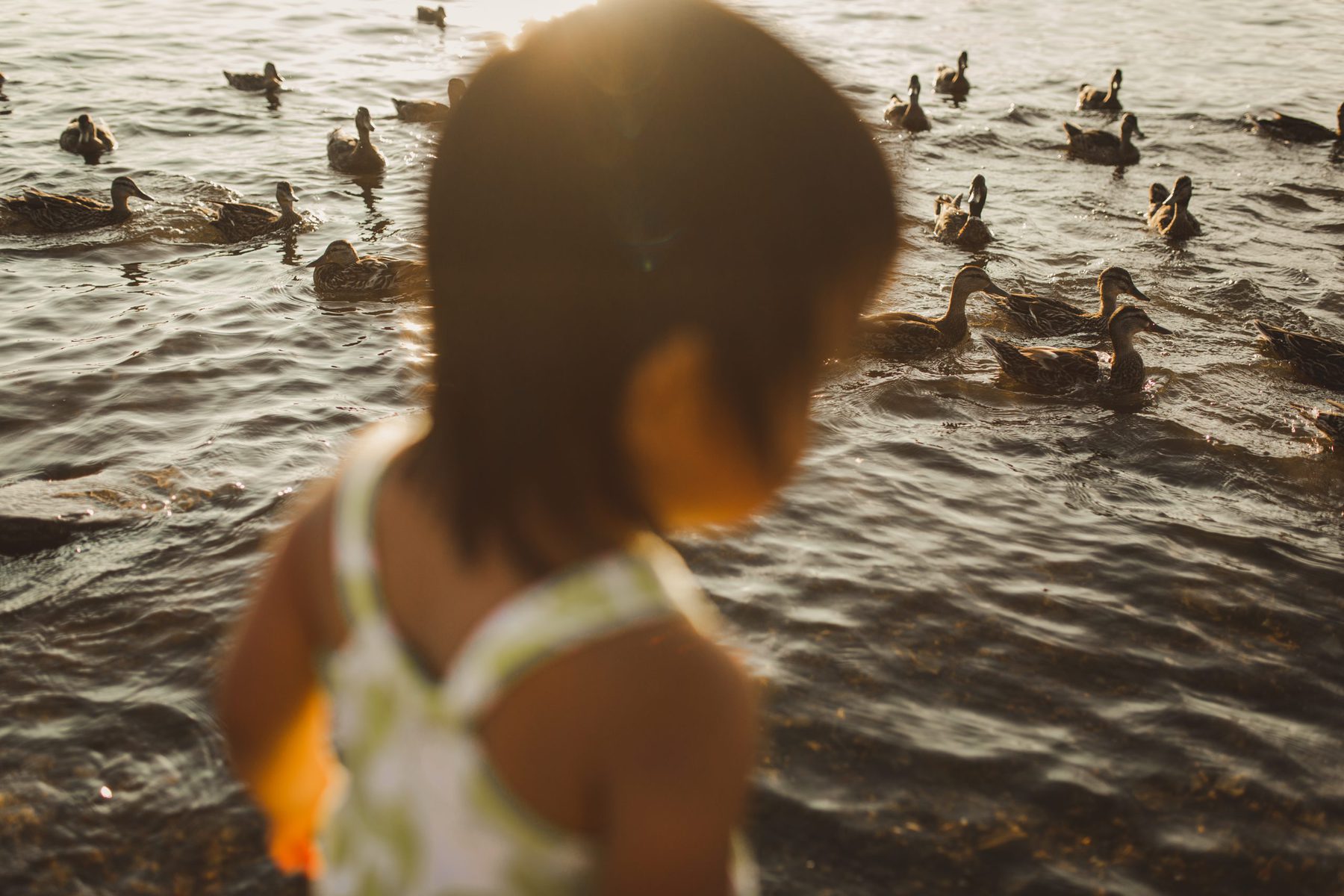
Being a wedding and family photographer can sometimes feel like the most heteronormative job out there. Frame by frame, I craft a story about what “love”, “commitment”, “family”, and “togetherness” look like. I photograph pretty brides and handsome grooms; energetic little boys and sweet little girls. I tell awkward groomsmen to stand closer together, and ask bridesmaids to hold their flowers “right there.” I try to photograph the mother-of-the-bride in the most flattering angle, and watch her dad “give her away.”
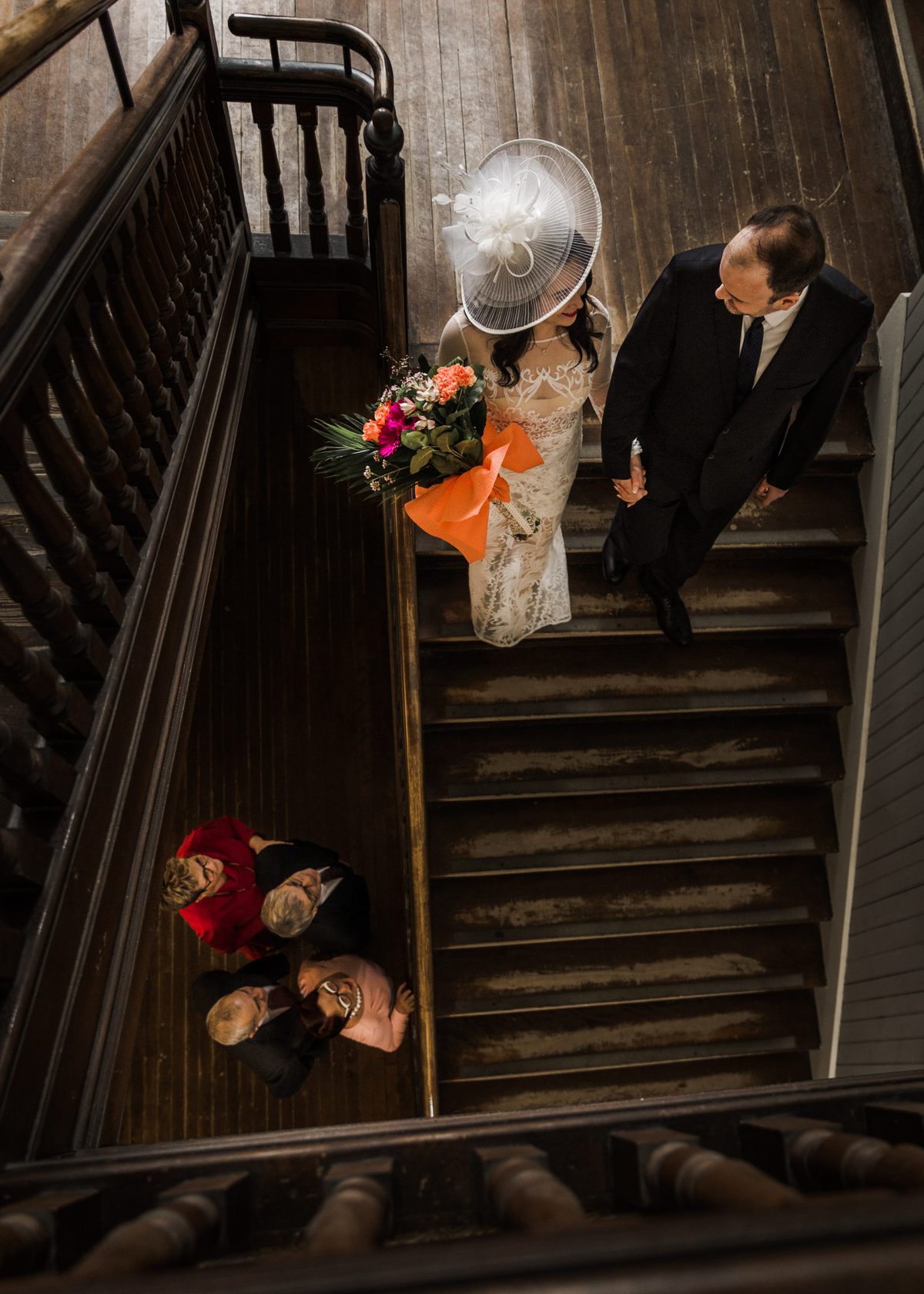
Yes, weddings in particular are perhaps one of the most prominent displays of heterosexuality out there (other than The Bachelor of course). Historically, they’ve been that place that us queers have been banished from. Our love, our commitment, our chosen families, and our togetherness were for a long time not just absent from the greeting card aisle but actually invisibilized, banished, and shamed. Yes, we’ve sure come a long way. But many would agree that we’ve also got a long way to go. Some of us opt out of the institution of marriage altogether. Some of us opt in, often feeling the sting of otherness when cards and cake toppers must be special ordered and the relentless questions of “Who is going to walk who down the aisle? Who wears “the” dress?” remind us that this tradition wasn’t meant for us. It’s a shirt that doesn’t fit quite right but gives us oh so many compliments on the street. Lucky for us though, clothes stretch.
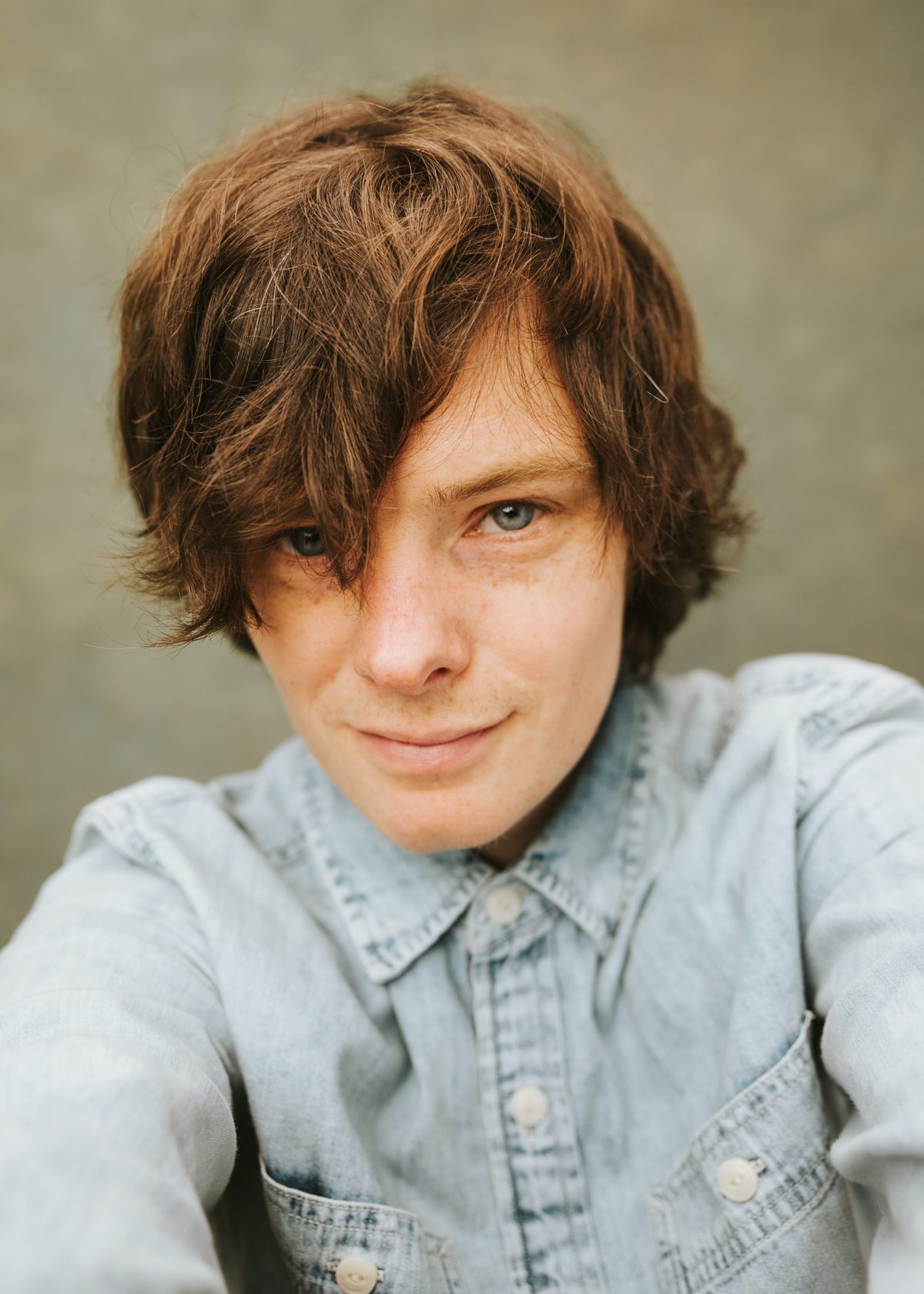
So to put it simply, us queer folks can have complicated relationships with weddings. And so it warms my heart to see so many more of us demanding a seat at the head table and changing the face of marriage and family while we do it. In my rather short career thus far I’ve been extremely lucky to photograph handsome brides and elegant grooms. I’ve captured “first look” moments between two giddy brides and wept during a father’s speech to his son and new son-in-law.
Yes, for me, queering photography is about photographing queer people and challenging that narrative of the “normal” wedding and “typical’ family. But it’s about more than that too. See, as photographers, we use our cameras to tell stories and we have all the power to determine what story we will tell. My time at NBCCD taught me this: That every photograph we take is a self-portrait. Even when we photographers think we are capturing life as it is, we are capturing a particular person’s life as it is being impacted by our presence. And a person with a huge camera is certainly a presence!
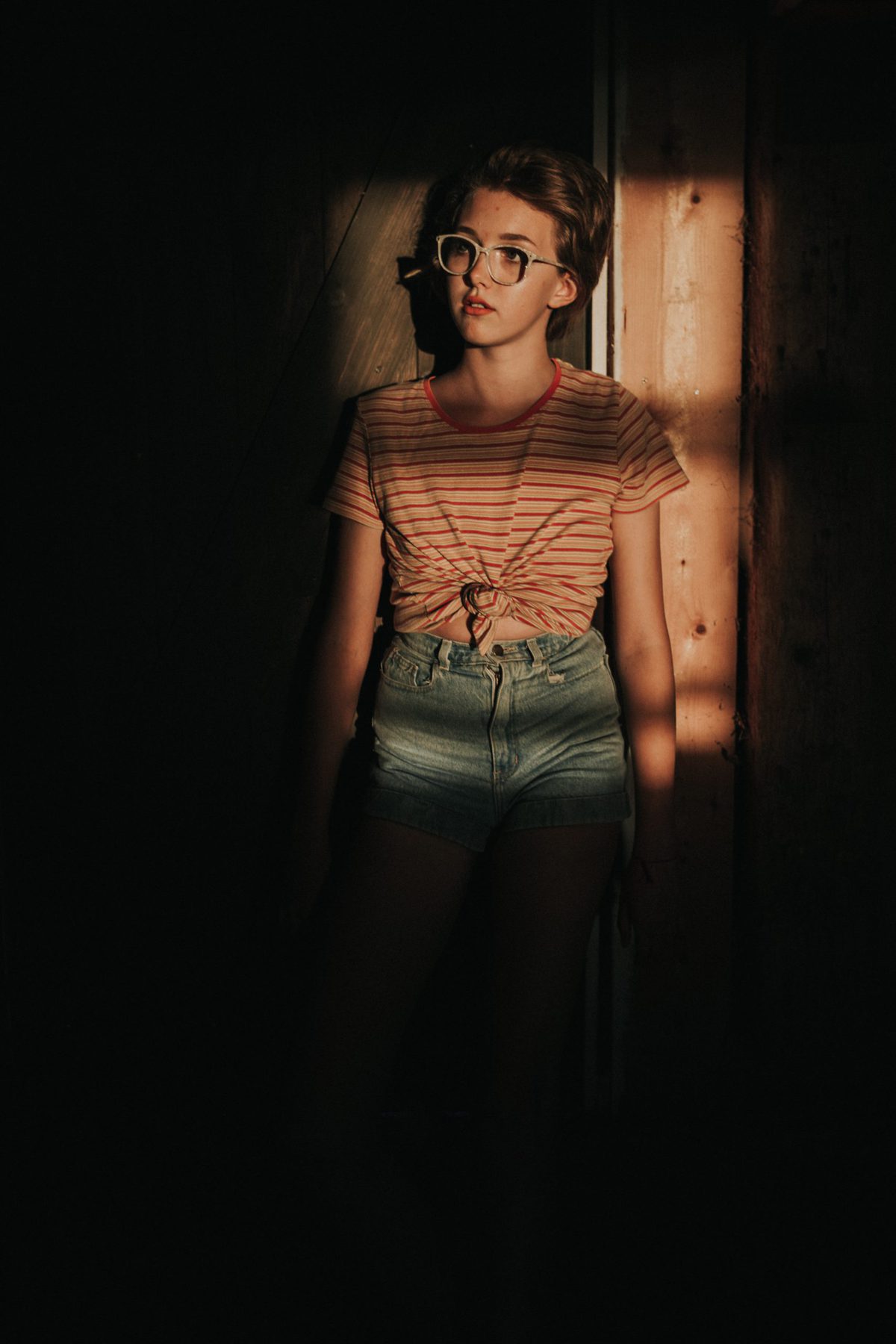
What I’ve realized – almost accidentally – is that I don’t just queer my photographic practice by photographing queer people. I often queer my photos of straight people too. When a family stands in front of me and says, “What do you want us to do?” I try to challenge the societal and photographic norms that tell me to put “the man” here, and “the woman” here. I explore those moments in a couple’s or a family’s story that challenge the way we think things are “supposed” to be. As artists in general and photographers in general us queer folks have an opportunity to help reshape what is “beautiful” and worth capturing. Whether our work is part of a personal creative project, a commissioned piece for a client, or a simple family portrait, we have the chance to use our somewhat “outsider” position to offer a unique insight into the stories we tell.
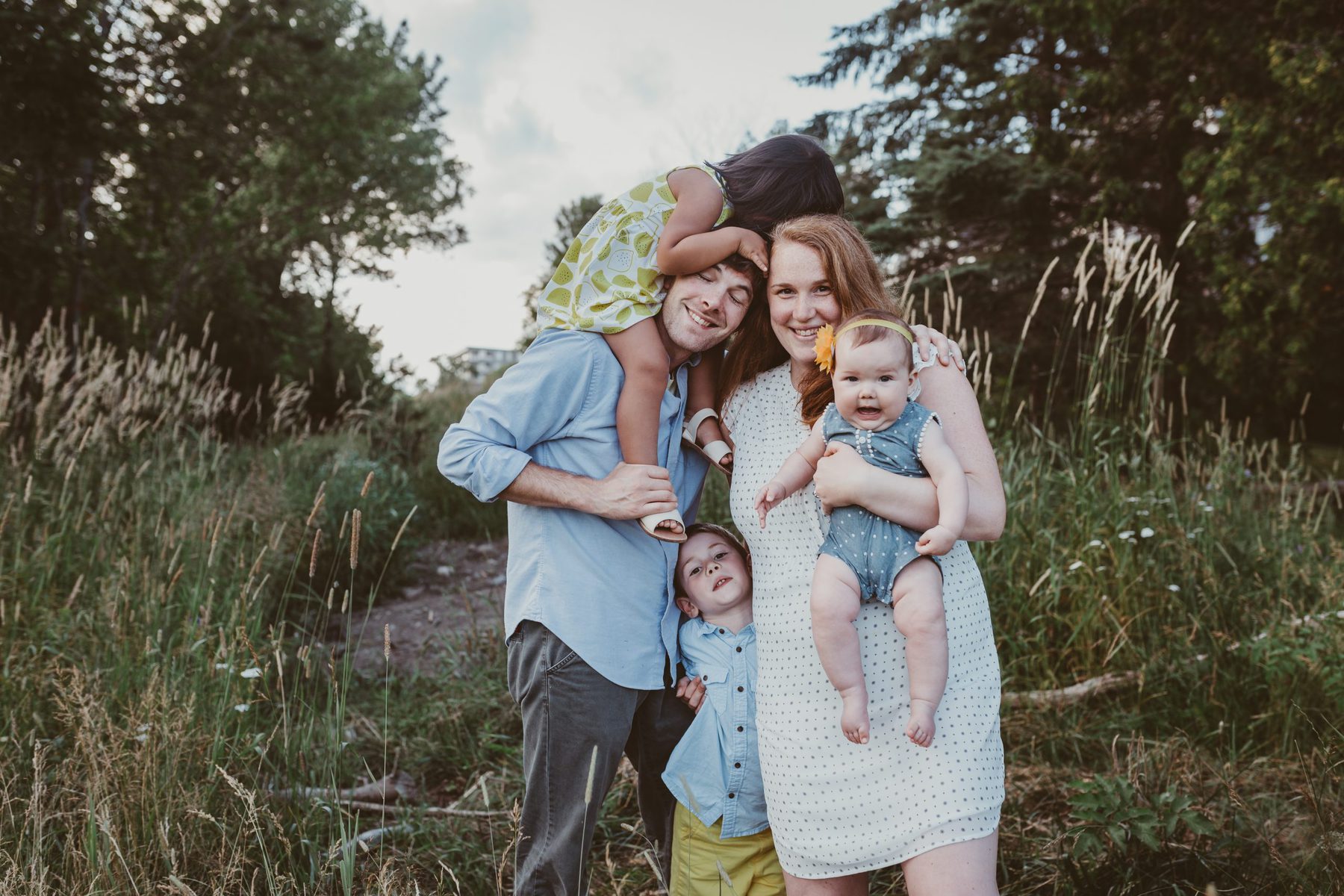
By Kelly Baker
